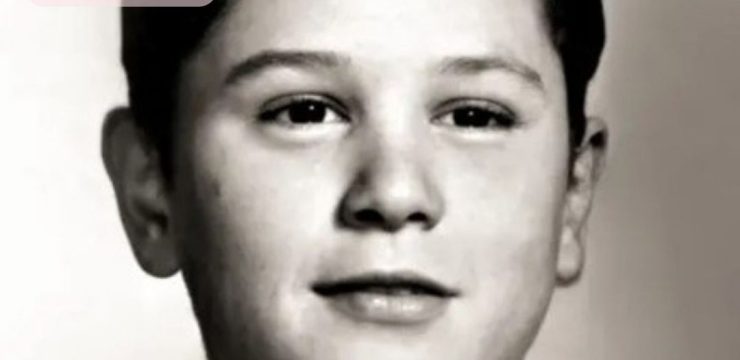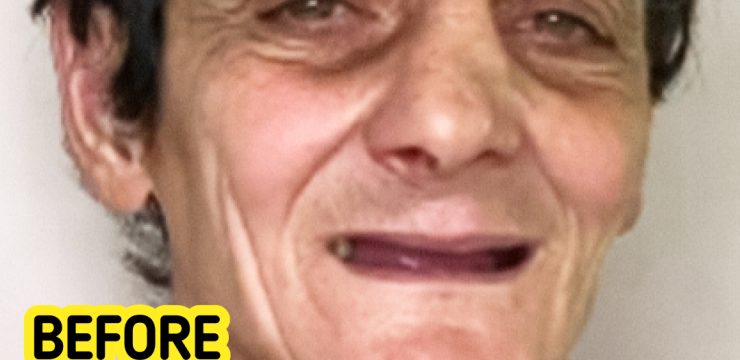Who could possibly forget Robert Redford’s magnetic charm and screen presence in classic films like Barefoot in the Park, Butch Cassidy and the Sundance Kid, and The Way We Were? In the 1960s and ’70s, there was no one more captivating, both in looks and charisma, than a young Robert Redford. With his golden hair, piercing blue eyes, and effortless cool, he wasn’t just a heartthrob—he was a cultural icon. Today, at 87 years old, Redford remains a living legend whose influence on American cinema continues to inspire generations of actors and filmmakers.
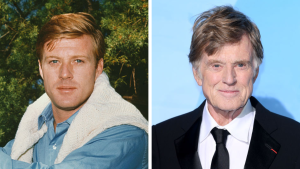
Born Charles Robert Redford Jr. in Santa Monica, California, on August 18, 1936, he grew up in a modest household. While many associate him with elegance and Hollywood royalty, Redford’s beginnings were anything but glamorous. As a teenager, he was considered something of a rebel, even referred to as a troublemaker by some. But behind the mischief was a young man searching for purpose and expression. It didn’t take long for him to discover a love for the arts—specifically painting and drawing—which would ultimately lead him down a creative path that included traveling throughout Europe and absorbing cultures that fueled his artistic passion.
After his travels, Redford returned to the United States and began studying painting at the Pratt Institute in Brooklyn, New York. But while immersed in visual arts, he found himself increasingly drawn to the world of performance. He enrolled in classes at the American Academy of Dramatic Arts in the late 1950s, a decision that would change the course of his life forever. It wasn’t long before casting directors started to notice his striking appearance, confident demeanor, and natural talent. His stage performances, including a Broadway turn in Barefoot in the Park, led to opportunities in television and eventually on the big screen.
Throughout the 1960s and 1970s, Redford’s star continued to rise with roles that showcased his range—from comedic charmers to complex antiheroes. His breakout film performance came in 1969 when he starred alongside Paul Newman in Butch Cassidy and the Sundance Kid. Their on-screen chemistry and witty banter captivated audiences and cemented the film as one of the most beloved buddy movies in cinema history. Redford’s portrayal of the Sundance Kid—a quick-witted outlaw with a soft side—made him a household name.
He followed up with a series of hits that only added to his legacy. In 1973, he starred opposite Barbra Streisand in The Way We Were, a romantic drama that still makes fans swoon to this day. The film’s unforgettable soundtrack and emotional storyline resonated deeply with audiences, and Redford’s nuanced performance as Hubbell Gardiner earned him widespread acclaim. That same year, he also appeared in The Sting, once again alongside Paul Newman, in a film that won the Academy Award for Best Picture and became a box office sensation.
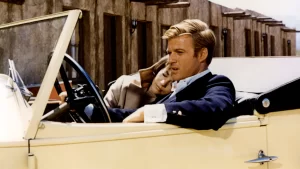
Despite his overwhelming popularity, Redford never allowed fame to define him. Rather than relying solely on his looks or playing it safe with typecast roles, he constantly sought out projects with substance—films that challenged him as an actor and, later, as a director. His desire to tell meaningful stories led him to create his own production company, Wildwood Enterprises, and eventually launch the Sundance Film Festival, which became one of the most influential platforms for independent filmmakers around the world.
Redford’s acting résumé includes over fifty feature films, many of which have stood the test of time. From All the President’s Men, where he portrayed investigative journalist Bob Woodward, to The Great Gatsby, in which he embodied the mysterious and tragic Jay Gatsby, Redford proved time and time again that he could inhabit any role with authenticity and depth. In The Horse Whisperer, he not only starred but also directed, working alongside a young Scarlett Johansson in a heartfelt story about healing and connection. His ability to direct with sensitivity and vision earned him an Academy Award for Best Director in 1981 for Ordinary People, his directorial debut—a feat few actors-turned-directors have achieved with such success.

What set Robert Redford apart wasn’t just his talent but his quiet strength and unwavering dedication to his craft. He wasn’t a celebrity chasing headlines or public approval. Instead, he let his work speak for itself. He was a thinking man’s movie star, often choosing roles that explored deeper social issues, political unrest, or human vulnerability. Whether playing a CIA analyst uncovering a government conspiracy in Three Days of the Condor or a seasoned reporter chasing truth in All the President’s Men, Redford brought intelligence and gravitas to every performance.
Beyond the screen, Redford used his influence for good. A lifelong environmentalist, he supported countless conservation initiatives and was a vocal advocate for protecting public lands and natural resources. His commitment to sustainability and the arts led to the creation of the Sundance Institute, which offered grants, mentorship, and exposure to up-and-coming filmmakers who might otherwise go unheard. His legacy, therefore, is not just in the films he made but in the doors he opened for others.
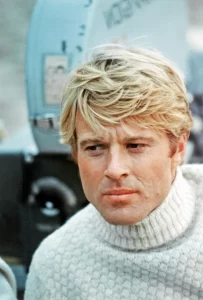
Even as he aged, Redford never lost his appeal. His later performances—like those in All Is Lost, a nearly wordless survival drama, and The Old Man & the Gun, in which he played an aging bank robber—were masterclasses in restraint, subtlety, and emotional resonance. His face, lined with the marks of time, only added to the depth of his characters. At 87, he remains a testament to how aging with grace, purpose, and integrity can be a form of quiet rebellion in an industry obsessed with youth.
In August 2018, Redford announced his retirement from acting, saying that The Old Man & the Gun would be his final role. While fans were understandably heartbroken, his decision felt consistent with the way he’s always approached life and work—on his own terms, with quiet dignity. Even in stepping away from the spotlight, he remained active behind the scenes, continuing to champion new voices in film and advocate for the environment.
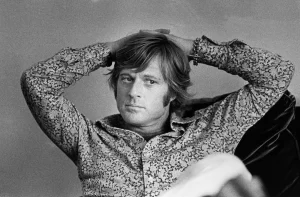
To celebrate his enduring impact, it’s worth revisiting some of the most iconic images from his career—photographs that capture the energy, charisma, and soul of a man who helped shape American film history. These 15 timeless photos serve as a reminder not only of his good looks and star power but also of his undeniable talent and enduring legacy. From his youthful days as a rising star to his contemplative moments as a seasoned veteran, each image tells a story of ambition, evolution, and unwavering passion for storytelling.
Robert Redford is not just an actor, director, or producer. He’s an institution—one that has helped define what it means to be a true artist in Hollywood. While many actors come and go, Redford’s influence endures because he never settled for mediocrity. He pushed boundaries, took risks, and believed in the power of storytelling to spark change.
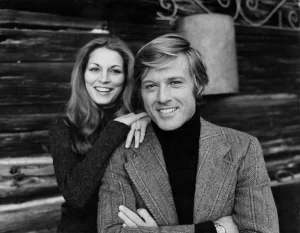
Whether he was riding horseback across a breathtaking landscape, whispering softly to a traumatized horse, exposing corruption in high places, or simply staring into the camera with a look that could melt hearts, Redford always gave his audience something genuine. In a world where trends come and go, he remains a classic—a man whose work, ideals, and legacy continue to shine brightly.
So today, as he celebrates another year of a life well lived, we look back not just in nostalgia, but in gratitude. Gratitude for the films, the performances, the risks taken, and the vision shared. Gratitude for the Sundance Institute, which gave birth to so many careers. Gratitude for a man who never stopped believing in the magic of storytelling.
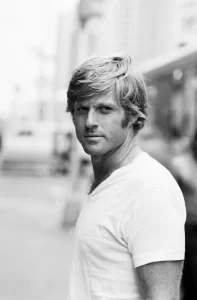
As we reflect on Robert Redford’s unparalleled career, we’re reminded of the timeless nature of true artistry. He didn’t just act—he made us feel. He didn’t just direct—he made us think. And most importantly, he didn’t just build a career—he built a legacy.
From his rebellious youth in California to the iconic stages of Broadway and the glitzy sets of Hollywood, Redford’s life reads like a movie script—one filled with drama, passion, beauty, and purpose. As long as there are movies to be made and stories to be told, his influence will live on in the hearts of artists and audiences alike. And for that, we say thank you.

